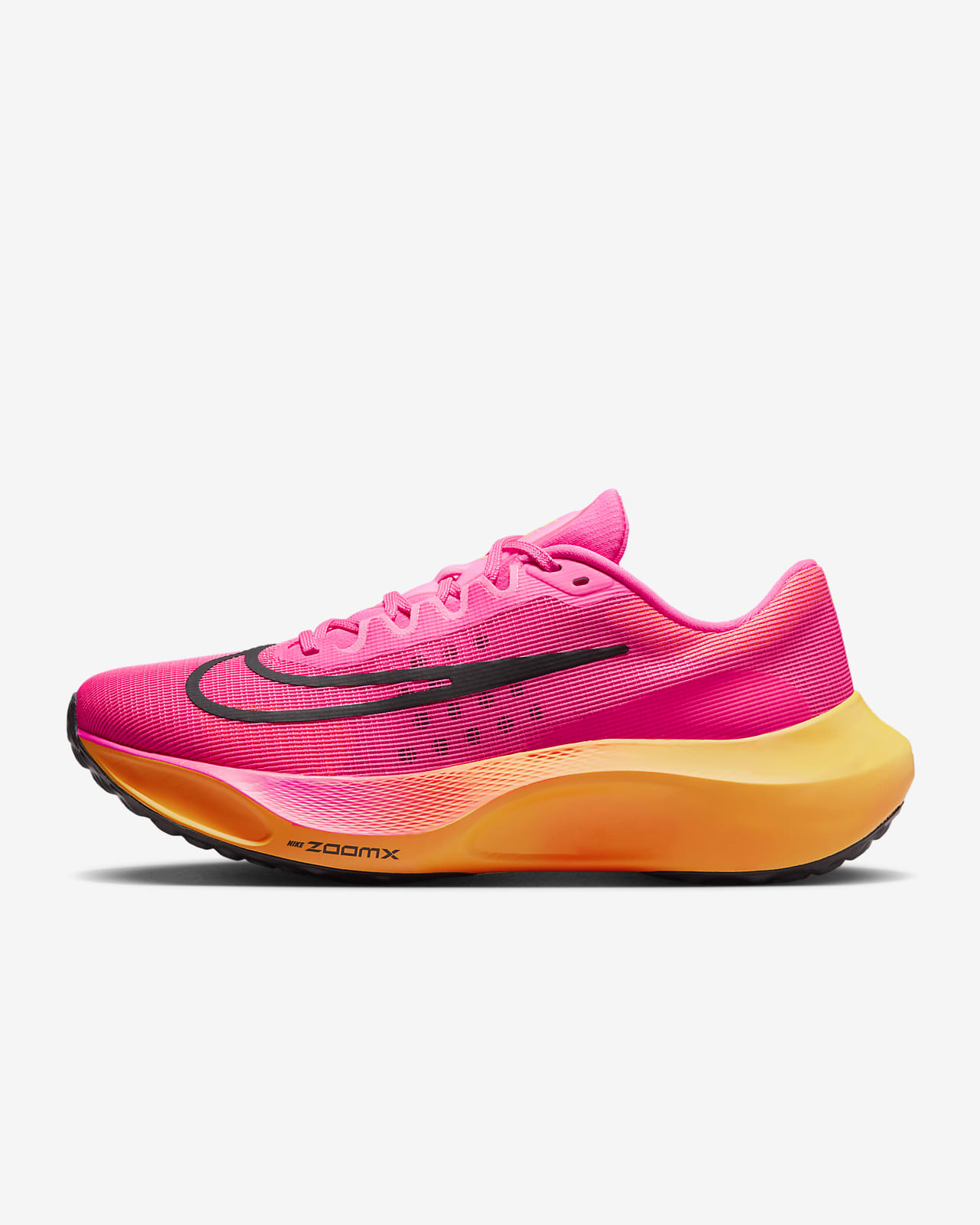In the realm of fitness footwear, gym shoes and running shoes often appear interchangeable, leading to confusion among fitness enthusiasts. While both types of shoes provide support and protection during physical activity, they exhibit distinct design features and serve different purposes. This blog post delves into the intricacies of gym shoes and running shoes, unraveling their differences, applications, and selection criteria.
Delving into Gym Shoes: Versatility for Multi-Directional Movements
Gym shoes, also known as cross-training shoes, are designed for versatility and support during a wide range of gym-based activities, including weightlifting, plyometrics, and group fitness classes. They typically feature a flat sole with minimal cushioning and a supportive upper that provides stability and ankle protection.

Key Features of Gym Shoes:
Flat Sole: Enhances stability and balance during multi-directional movements.
Minimal Cushioning: Provides responsiveness and support for weight training and plyometric exercises.
Supportive Upper: Offers ankle protection and stability during lateral movements.
Unraveling Running Shoes: Tailored for Forward Motion
Running shoes, unlike gym shoes, are specifically designed for forward motion and long-distance running. They incorporate a variety of features to optimize running performance, including shock absorption, cushioning, and flexibility.

Key Features of Running Shoes:
Shock Absorption: Absorbs impact and reduces stress on joints during long-distance running.
Cushioning: Provides comfort and support throughout the running stride.
Flexibility: Allows for natural foot movement and efficient energy transfer during running.
Head-to-Head Comparison: Gym Shoes vs. Running Shoes
To better understand the distinctions between gym shoes and running shoes, let’s consider a detailed comparison:
| Feature | Gym Shoes | Running Shoes |
|---|---|---|
| Purpose | Multi-directional gym activities | Forward motion and long-distance running |
| Sole | Flat | Cushioned and flexible |
| Cushioning | Minimal | Moderate to high |
| Upper | Supportive | Lightweight and breathable |
| Applications | Weightlifting, plyometrics, group fitness classes | Road running, trail running, track running |
Selecting the Right Shoes: A Matter of Purpose and Activity
The choice between gym shoes and running shoes depends on the specific activity and your personal preferences:
For gym-based activities like weightlifting, plyometrics, and group fitness classes, gym shoes with a flat sole, minimal cushioning, and a supportive upper are ideal.
For running activities, such as road running, trail running, and track running, running shoes with shock absorption, cushioning, and flexibility are crucial for performance and injury prevention.
Conclusion: Choosing the Right Shoe for Your Fitness Journey
Gym shoes and running shoes, both essential components of fitness footwear, serve distinct purposes and cater to different activities. Understanding the key differences between these shoes empowers you to make informed decisions and select the right footwear to support your fitness goals and maximize your performance. Whether you’re hitting the gym or hitting the pavement, the right shoes can make a world of difference in your fitness journey.